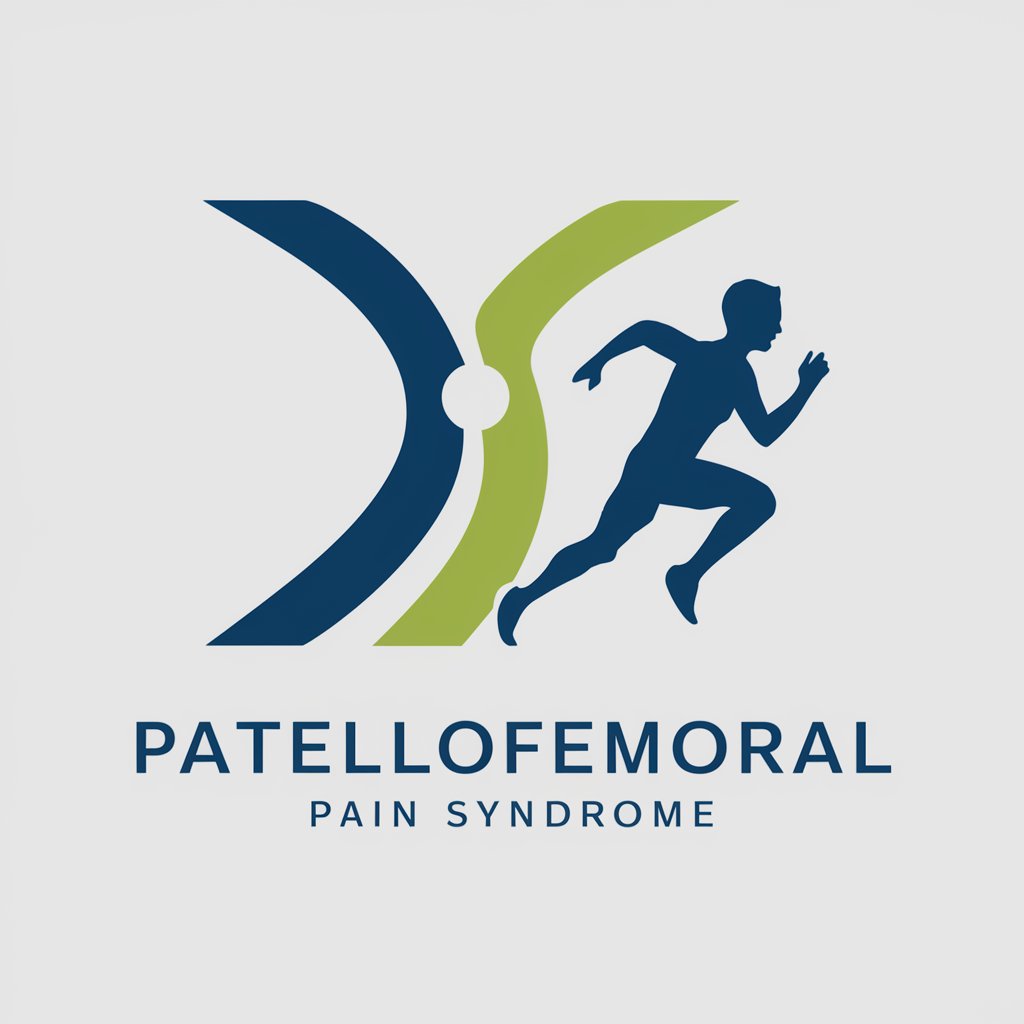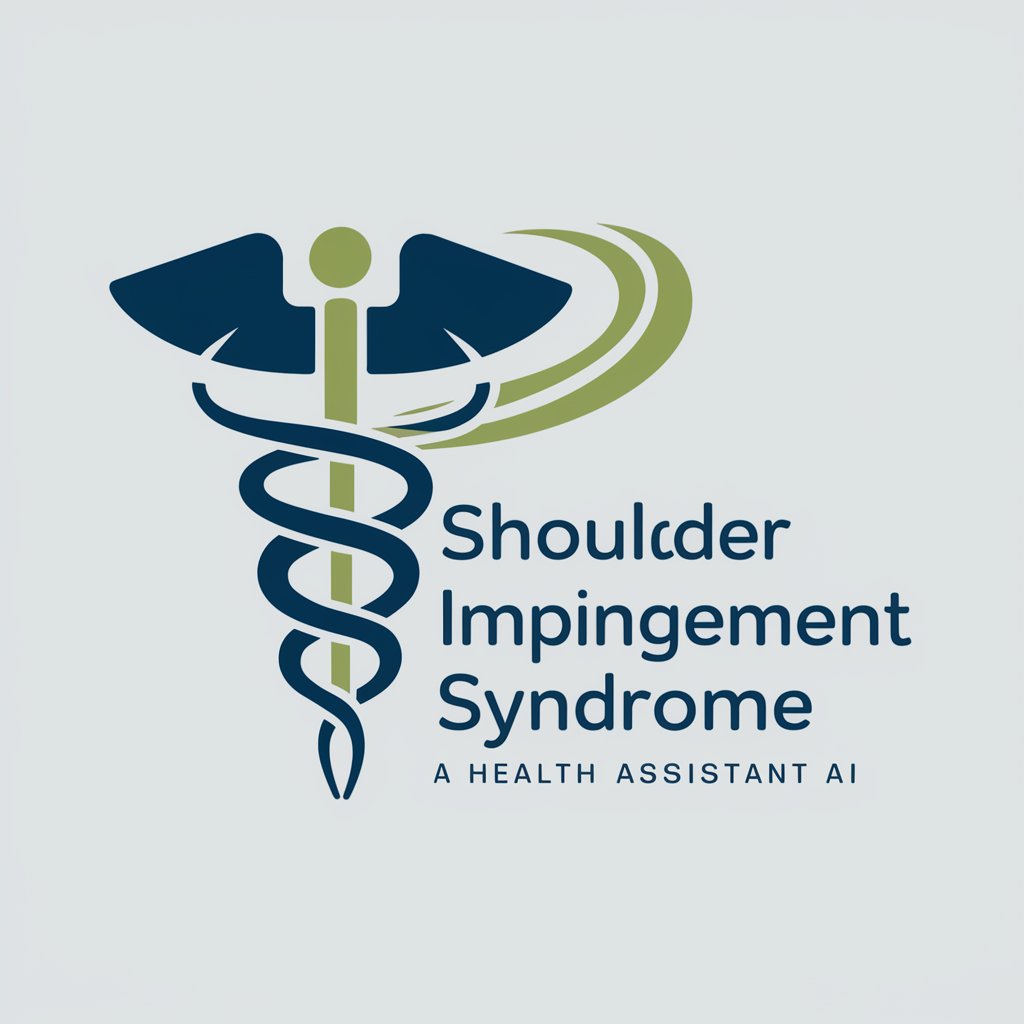
Patellofemoral Pain Syndrome (Runner's Knee) - Runner's Knee Insight

Welcome! Let's explore patellofemoral pain syndrome together.
Navigate Runner's Knee with AI
What are the common causes of patellofemoral pain syndrome?
Can you explain the symptoms of runner's knee in detail?
How is patellofemoral pain syndrome diagnosed?
What are the most effective treatments for patellofemoral pain syndrome?
Get Embed Code
Overview of Patellofemoral Pain Syndrome (Runner's Knee)
Patellofemoral Pain Syndrome (PFPS), commonly known as Runner's Knee, is a condition characterized by knee pain resulting from problems related to the patella (kneecap) and femur (thighbone). The pain typically arises from the contact or alignment issues between the kneecap and its underlying groove on the femur, especially during physical activities that involve knee bending such as running, squatting, and climbing stairs. Factors contributing to PFPS include muscle imbalances, improper running mechanics, and overuse, particularly in sports that put excessive stress on the knee. An illustrative scenario could be a runner who experiences sharp knee pain during long-distance runs, which may indicate the onset of PFPS due to repetitive strain and improper knee alignment. Powered by ChatGPT-4o。

Functions and Applications of Understanding PFPS
Diagnosis and Identification
Example
Assessing symptoms and physical examination findings, such as pain around the kneecap during squatting or prolonged sitting.
Scenario
A physical therapist uses specific tests, like the patellar grind test, to diagnose a runner with PFPS, guiding the treatment plan.
Treatment and Management Strategies
Example
Recommending rest, ice, compression, and elevation (RICE), along with targeted physiotherapy exercises to strengthen the quadriceps and improve knee alignment.
Scenario
An individual with PFPS adopts a rehabilitation program involving strengthening and flexibility exercises, significantly reducing knee pain and enhancing function.
Preventive Advice and Education
Example
Educating on proper running techniques and the importance of wearing supportive footwear to minimize the risk of developing PFPS.
Scenario
A sports coach implements a workshop on knee health for athletes, emphasizing injury prevention techniques to avoid PFPS.
Target Users of PFPS Information and Services
Athletes and Recreational Runners
This group is particularly susceptible to PFPS due to the repetitive knee stress from running and jumping. They benefit from understanding PFPS to adopt preventive measures and seek timely intervention if symptoms arise.
Healthcare Professionals
Physical therapists, sports medicine specialists, and orthopedic surgeons benefit from detailed PFPS knowledge to diagnose, treat, and advise patients effectively, enhancing recovery outcomes.
Fitness Enthusiasts
Individuals engaged in regular physical activities, especially those involving knee bending and squatting, can use PFPS insights to tailor their workouts to prevent knee injuries and maintain long-term knee health.

How to Use Patellofemoral Pain Syndrome (Runner's Knee) Information Tool
Initiate Discovery
Start by accessing yeschat.ai to engage with the tool for an initial exploration without the need for registration or a ChatGPT Plus subscription.
Identify Symptoms
Collect and articulate symptoms or concerns related to knee pain, specifically those that intensify with running, kneeling, or ascending stairs.
Explore Treatment Options
Use the tool to explore various treatment methods, from home remedies to professional healthcare advice, tailored to the severity and specifics of your symptoms.
Preventative Measures
Investigate strategies to prevent the onset or worsening of patellofemoral pain, including exercise recommendations, footwear advice, and knee supports.
Professional Consultation
While the tool provides comprehensive information, it's crucial to consult with a healthcare professional for a diagnosis and personalized treatment plan.
Try other advanced and practical GPTs
Knee Pain and Quadriceps Exercise
Empower your knees with AI-driven exercise guidance.

kneesovertoes
Enhance joint strength and mobility with AI guidance.

Knee Health Navigator
Your AI Assistant for Knee Health

SimpliNessus
Demystifying Cybersecurity, AI-Powered Clarity

Knee support
Empowering your creativity with AI

Merit America
Empowering careers with AI-driven education

Photo Scribe
Bringing Words to Your Images with AI

Photo Detective
Unravel history with AI-powered analysis.

Photo Editor
Transform images effortlessly with AI

Photo Pro
Elevate your image with AI-powered advice

Photo Clone
Replicate images with AI precision.

Impact Writer
Crafting impactful essays with AI

In-Depth Q&A on Patellofemoral Pain Syndrome (Runner's Knee)
What causes Patellofemoral Pain Syndrome?
Patellofemoral Pain Syndrome is often caused by imbalances or weaknesses in the muscles around the knee and thigh, excessive training or activity, improper running techniques, or misalignment of the kneecap.
How is Patellofemoral Pain Syndrome diagnosed?
Diagnosis typically involves a physical examination by a healthcare provider, who may assess your knee's range of motion, alignment, and strength. Imaging tests like X-rays or MRIs are sometimes used to rule out other conditions.
What are the best treatment options for Runner's Knee?
Treatment usually includes rest, ice, compression, and elevation (RICE), physical therapy to strengthen muscles around the knee, orthotics for footwear, and in severe cases, surgery may be considered.
Can exercises help in managing Patellofemoral Pain Syndrome?
Yes, specific exercises aimed at strengthening the quadriceps, hamstrings, and hip muscles can help in managing the condition by improving knee stability and alignment.
Is it possible to prevent Patellofemoral Pain Syndrome?
Prevention strategies include maintaining a healthy weight, wearing appropriate footwear, avoiding overuse, incorporating strength training into your routine, and using proper form during physical activities.





